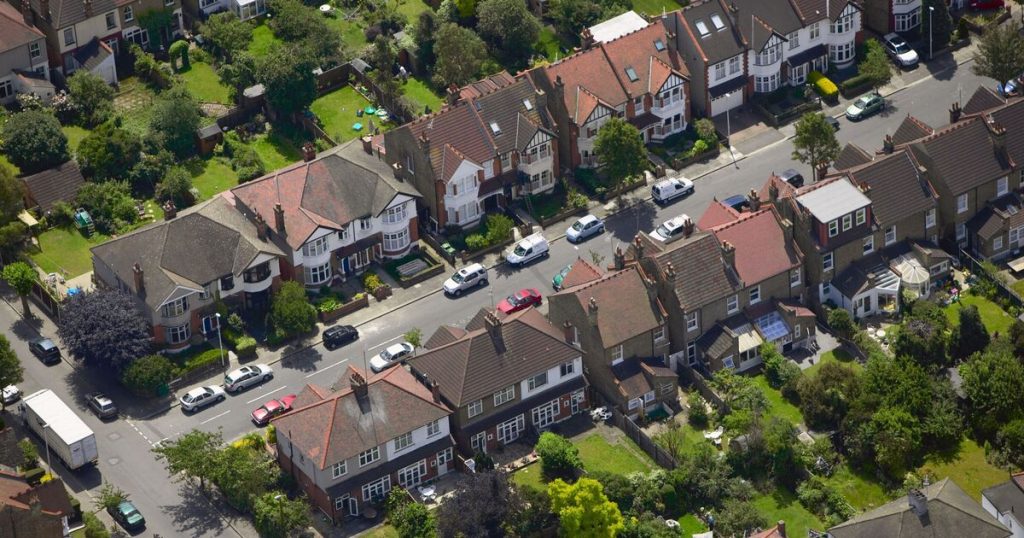
Council tax bills increased across England, Scotland and Wales on April 1, with households facing hikes of up to 9.99%. Councils are currently facing “severe funding shortages” and soaring cost and demand pressures on local services, leading to a majority opting for a maximum rise.
Nearly nine in 10 (88%) of 153 upper-tier authorities in England will impose a 4.99% increase, the maximum amount allowed, without triggering a referendum, for those with responsibility for social care. However, some councils, such as Windsor & Maidenhead and Bradford, will see hikes of up to 8.99% and 9.99%. In Wales, council tax is set to increase by 4.5% to 9.5%; in Scotland, the rise will be at least 8%.
What is council tax?
Council tax is levied on all properties in Great Britain (England, Scotland, and Wales), and it is set by local authorities to pay for services.
This includes things like schools, roads, libraries, support for vulnerable children and adults, rubbish collections, as well as the police, fire services, and other local services.
How much a household pays in council tax depends on what band their property is. Bands are determined based on the value of a person’s home, and these bands range from A to H by the Valuation Office Agency.
Today’s banding is controversially based on the value of a person’s home on April 1, 1991.
- Band A – property value up to £40,000
- Band B – property value over £40,000 and up to £52,000
- Band C – property value over £52,000 and up to £68,000
- Band D – property value over £68,000 and up to £88,000
- Band E – property value over £88,000 and up to £120,000
- Band F – property value over £120,000 and up to £160,000
- Band G – property value over £160,000 and up to £320,000
- Band H – property value over £320,000
You can check how much your council tax will increase from April 1 using our calculator.
How to save money on council tax
Certain individuals may qualify for discounts or exemptions based on their circumstances. A single-person discount of 25% on the bill applies if only one adult lives in the property.
If a household has more than one resident, but all except one are disregarded, they may also receive a 25% discount. A 50% discount applies if all residents are classified as disregarded.
According to GOV.UK, people are disregarded if they are:
- Under 18 years old
- On certain apprentice schemes
- Aged 18 or 19 and in full-time education
- Full-time students at college or university
- Under 25 and receiving funding from the Education and Skills Funding Agency
- Student nurses
- Foreign language assistants registered with the British Council
- Severely mentally impaired
- Live-in carers for someone who is not their partner, spouse, or child under 18
- Diplomats
If the property has been adapted for someone with a physical disability, the council tax bill may also be reduced. Additionally, people on low incomes or specific benefits might qualify for further help through the Council Tax Reduction scheme.
This scheme, run by individual councils, can offer reductions ranging from a small percentage to covering the full cost of the bill, depending on factors such as income, savings, and household composition. The full list of eligibility criteria can be found here, and people can use the Government’s online tool to apply.




